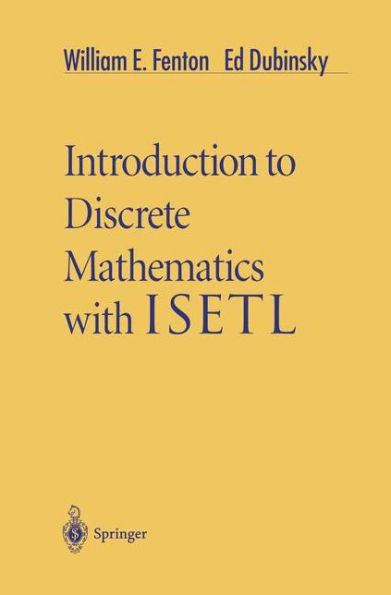5
1
9781461284802


Introduction to Discrete Mathematics with ISETL / Edition 1 available in Paperback

Introduction to Discrete Mathematics with ISETL / Edition 1
- ISBN-10:
- 1461284805
- ISBN-13:
- 9781461284802
- Pub. Date:
- 10/01/2011
- Publisher:
- Springer New York
- ISBN-10:
- 1461284805
- ISBN-13:
- 9781461284802
- Pub. Date:
- 10/01/2011
- Publisher:
- Springer New York
54.99
In Stock

Product Details
| ISBN-13: | 9781461284802 |
|---|---|
| Publisher: | Springer New York |
| Publication date: | 10/01/2011 |
| Edition description: | Softcover reprint of the original 1st ed. 1996 |
| Pages: | 196 |
| Product dimensions: | 6.10(w) x 9.25(h) x 0.02(d) |
From the B&N Reads Blog
